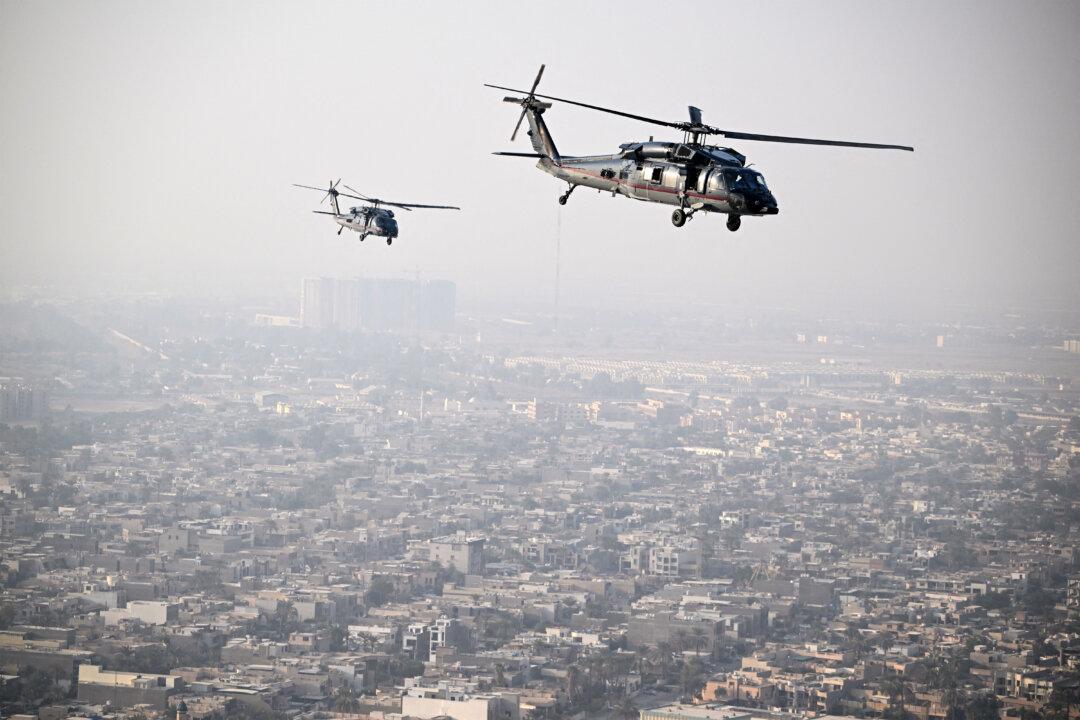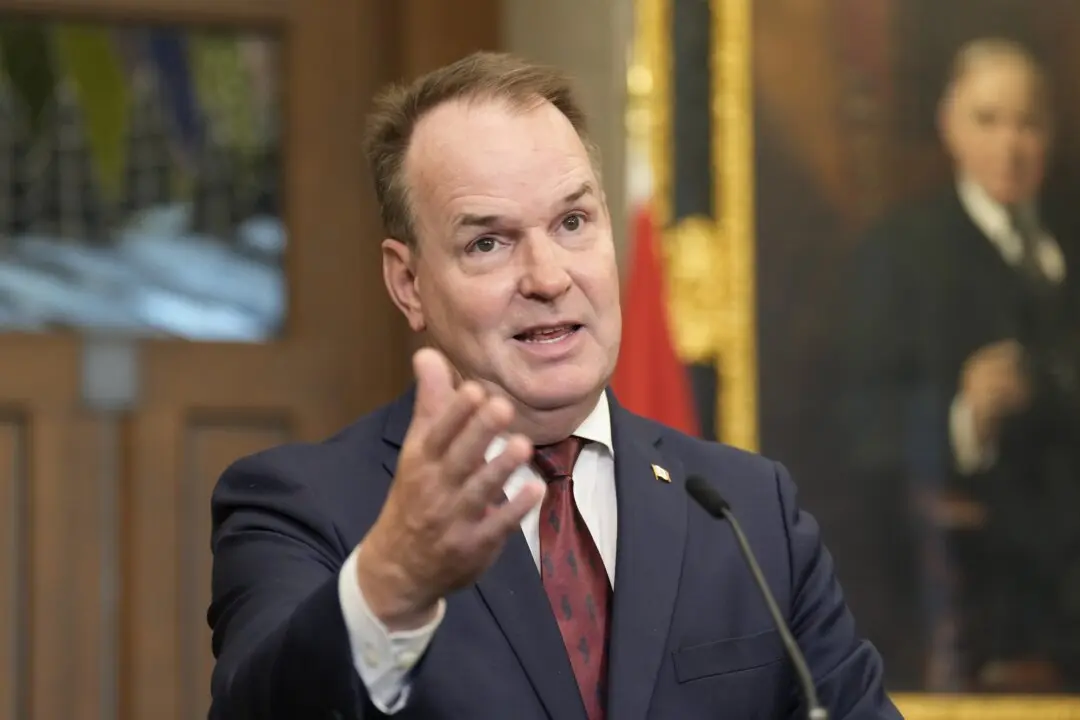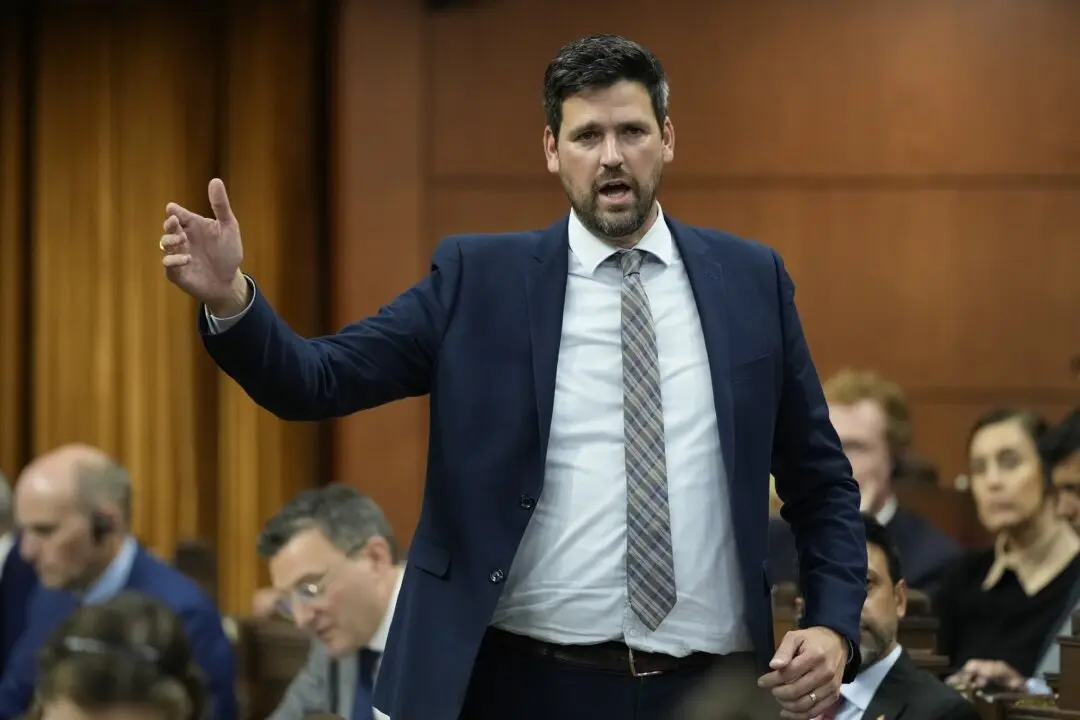Federal authorities have released new information about their plan to bolster border security to stave off the U.S. tariffs threat, outlining measures that include deploying Blackhawk helicopters and 60 new drones.
Two Blackhawk helicopters have been leased from an aviation company in Ottawa, RCMP Deputy Commissioner Bryan Larkin said in a press conference on Parliament Hill on Jan. 15.





